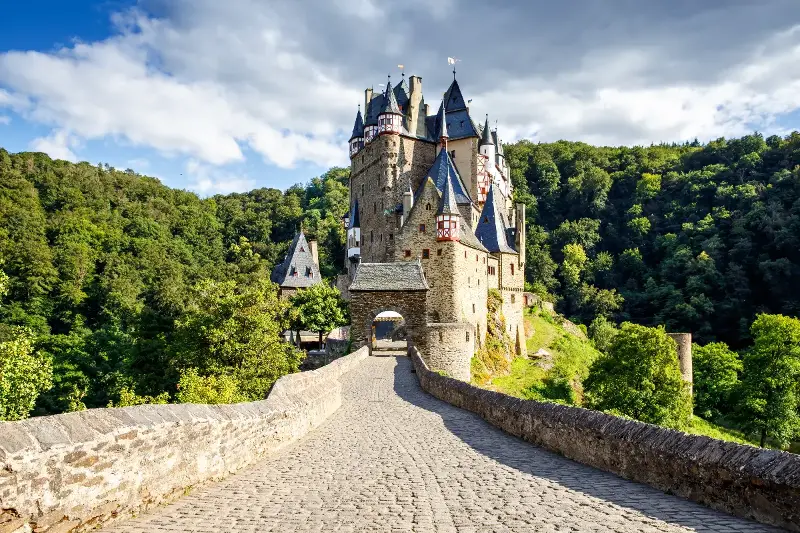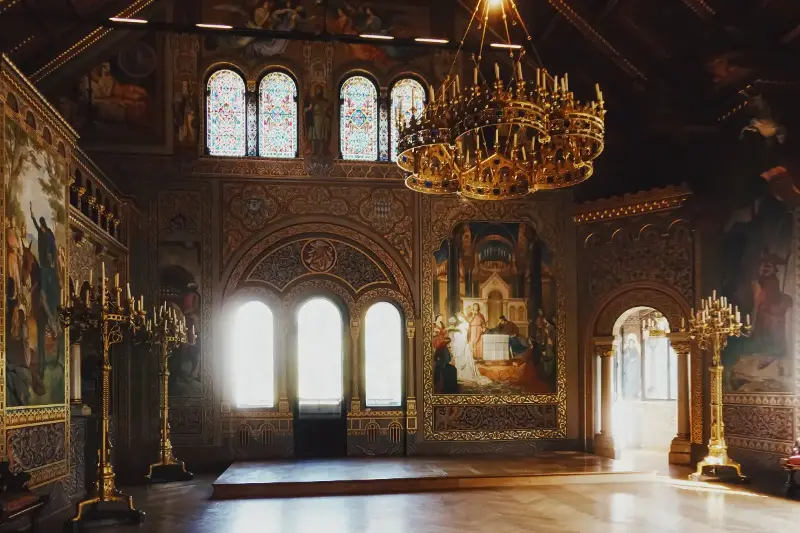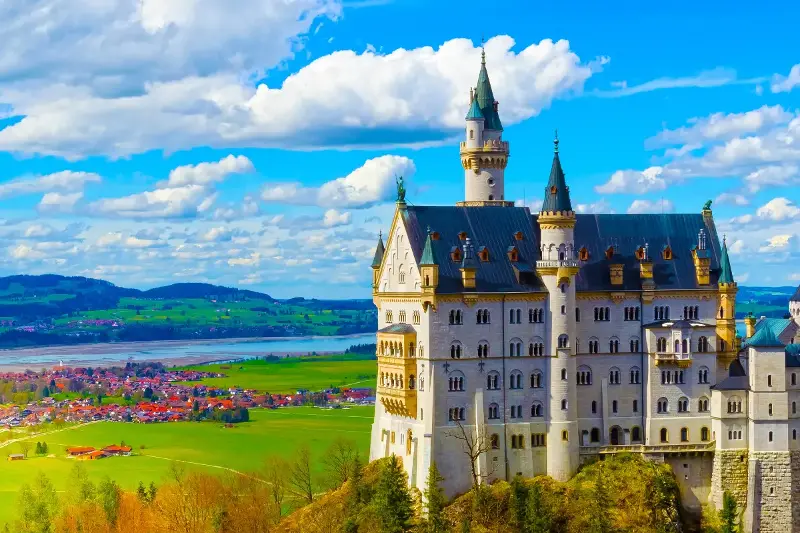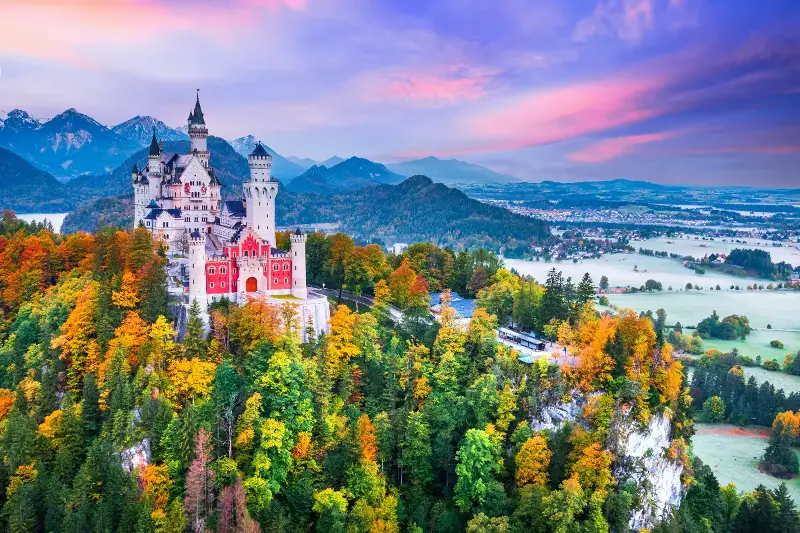Nestled in the craggy hills above the Bavarian village of Hohenschwangau, Neuschwanstein Castle rises like something conjured from a childhood bedtime story. With its soaring white towers, romantic spires, and storybook setting, this spectacular fortress has captivated millions of visitors and inspired countless fairy tales—including the iconic Disney castles. But behind its enchanting façade lies a tale of fascinating ambition, bittersweet dreams, and artistic genius set against the dramatic backdrop of 19th-century Bavaria.
The Visionary King and His Dream

The origins of Neuschwanstein are inseparable from the imaginative mind of King Ludwig II of Bavaria. Ascending to the throne in 1864 at just 18 years old, Ludwig was a ruler more entranced by art and legend than by politics and power. Disenchanted with the changes brought about by the industrial age and the unravelling of Bavarian independence, Ludwig sought solace in fantasy. His dream was to create a retreat inspired by German Romanticism and the operas of his close friend, composer Richard Wagner.
Construction began in 1869 atop a rugged hill where Ludwig spent his childhood gazing at distant castles, wishing to inhabit a fairy tale himself. Unlike typical medieval strongholds, Neuschwanstein was conceived not for defence but as a monument to Ludwig’s and Wagner’s artistic passions and ideals.
Architectural Marvels and Mysteries

Despite its medieval appearance, Neuschwanstein is a product of 19th-century ingenuity and eclectic tastes. Its design is a blend of echoing Romanesque, Gothic, and Byzantine styles, pulled together by the imaginative architect Christian Jank—actually a theatrical set designer—rather than a traditional architect. The result is a castle more magical than historically accurate, intended to transport visitors to a time that never truly existed, except perhaps in legends and operas.
The technological marvels hidden behind the romantic façade are as intriguing as the castle’s appearance. Kitchens featured the latest conveniences of their day—running water, hot air heating, and even an early telephone line, astonishing for the 1870s. The Throne Hall, inspired by Byzantine churches, dazzles with intricate mosaics and a ceiling painted with golden stars, while wall frescos throughout the castle depict scenes from Wagner’s operas and wider medieval myth.
Yet, for all its splendour, Ludwig never saw Neuschwanstein completed. He died mysteriously in 1886, just weeks after being declared insane and deposed. Only 15 of the planned 200 rooms were finished—leaving a sense of mystery and what might have been.
A Global Icon of Fantasy

From the moment it first emerged from the Bavarian mist, Neuschwanstein has fuelled imaginations worldwide. The castle’s dramatic silhouette against alpine peaks became the template for Disney’s Sleeping Beauty Castle and continues to appear across films, paintings, and video games. More than 1.5 million people visit every year, all eager to glimpse a slice of storybook magic.
Yet Neuschwanstein has also transcended entertainment, serving as an emblem of both escapist beauty and the temptation of fantasy over reality. Its construction bankrupted Ludwig and was seen as folly in his time, but today it stands as a testament to the power of dreams and the enduring allure of make-believe.
Shadows and Legends: The Continuing Allure

No fairytale would be complete without touches of mystery. The circumstances surrounding Ludwig’s death continue to prompt heated debate—was it self-inflicted or something more sinister? The unfinished spaces and secret doorways lend the castle an air of perpetual enigma; some say its beauty hides hidden passageways and concealed chambers yet to be discovered.
Preserved throughout the world wars thanks to its remote, mountainous location, Neuschwanstein even played a role in history when the Nazis used it to store stolen art. Today, conservation efforts strive to balance the enchantment that draws visitors with the need to protect the fragile structure for generations to come.
Neuschwanstein Castle is more than the sum of its picturesque turrets and fairy tale legends. It is a monument to human imagination—a bold blend of art, ambition, and architectural wonder. Whether you’re a history enthusiast, a lover of legend, or simply in search of new inspiration, the magic and mystery of Neuschwanstein continue to cast their irresistible spell.
